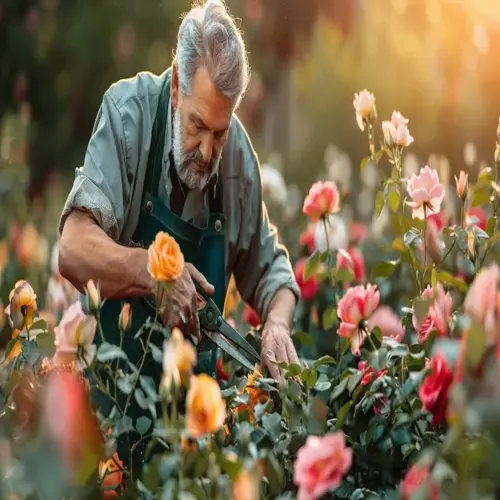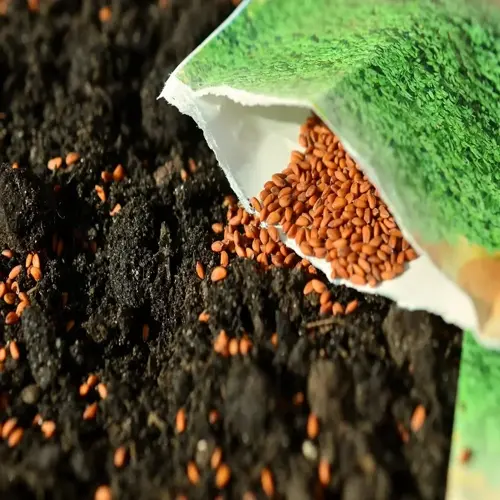How do I scarify seeds?

Written by
Julia Anderson
Reviewed by
Prof. Charles Hartman, Ph.D.When you learn how to scarify seeds, you are increasing the chances for better sprouting for those tough seeds. This process enables the hard seed coat to absorb water more effectively, mimicking natural phenomena such as weathering or animal digestion. Most gardeners don't intentionally go through this process. Still, the results of scarification may enable them to have seeds sprout more quickly and with greater vigor.
Seed Preparation
- Identify seeds needing treatment like nasturtiums or lupines
- Inspect for hard, glossy coats that resist water absorption
- Sort by size to determine appropriate tools
Mechanical Methods
- Use fine sandpaper for small seeds under 3mm
- Apply gentle pressure with files for medium seeds
- Make shallow nicks on large seeds with sharp knives
Thermal Treatment
- Boil water to 212°F for 5-10 second dips
- Transfer immediately to 70-80°F lukewarm water
- Soak for 8-24 hours until seeds double in size
Timing is everything after scarification. Plant swollen seeds in the first 30 minutes. Prepare soil beds before soaking. I lost lupine seeds because I waited too long. Keep planting tools close. Water lightly immediately after covering seeds. Consistent moisture prevents dehydration.
Steer clear of typical mistakes such as over-scarifying. A deep cut can compromise the embryos. Use some magnification for small seeds. Monitor the water temperature carefully. Extreme heat will kill seeds. Cold water will keep the seeds from swelling. Test methods on small aliquots of seeds initially. Keep track of your results for future use.
You'll need to experiment with different seeds and the best way to process them, such as boiling water. Milkweed needs sandpaper. Large beans can be cut with a knife. Try a few different methods and keep a record of which ones yield the best germination rates in a notebook. Share your findings with fellow gardeners.
Read the full article: How to Scarify Seeds: A Complete Guide

